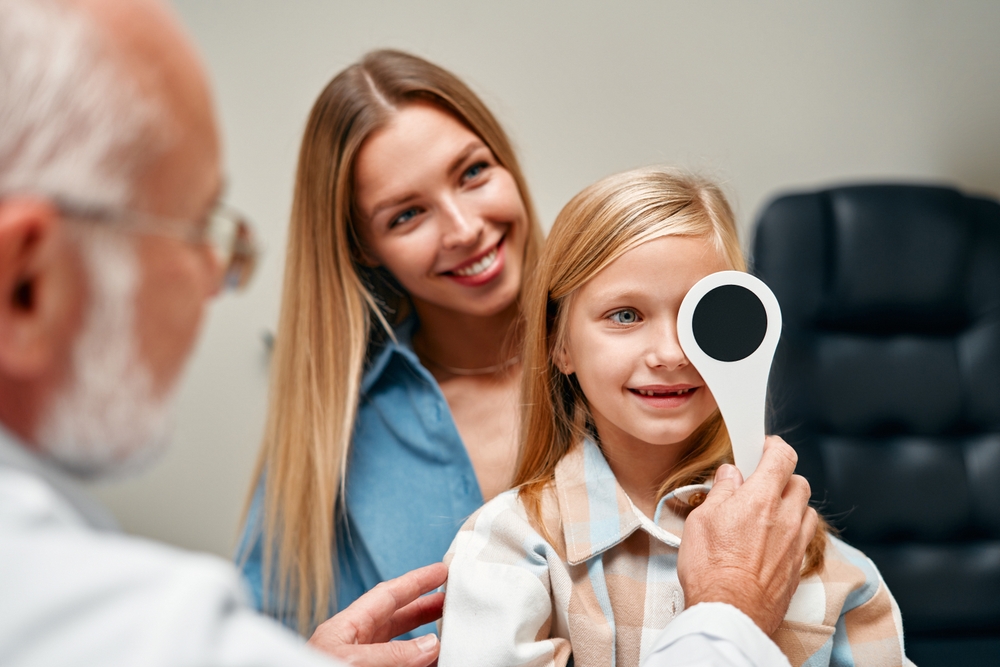
Your child's vision is a cornerstone of their development and learning process. As parents, we often focus on their physical and mental growth, but vision health plays a pivotal role in their overall well-being. Understanding the importance of early eye exams is crucial as it helps to detect and address any potential vision problems before they can affect your child's development and learning.
The Impact of Vision Problems on Children's Learning and Development
Vision problems in children can have a significant impact on their learning and development. If left unaddressed, these issues can lead to academic struggles, behavioral problems, and a decreased quality of life.
Children with untreated vision problems may struggle with reading and comprehension. They may find it difficult to concentrate in class, leading to a lack of focus and understanding of the material. This can result in lower academic performance and a lack of confidence in their abilities. Vision problems can also affect a child's motor skills, impacting their ability to participate in sports and other physical activities.
Additionally, children who have vision problems may also experience social and emotional challenges. They may feel isolated or frustrated, not understanding why they are struggling with tasks that seem easy for their peers. This can lead to feelings of inadequacy and decreased self-esteem, which can have long-lasting effects on their emotional well-being.
Common Eye Conditions in Children
Understanding common eye conditions in children can help you keep a watchful eye on your child's vision health. Some of these conditions include refractive errors like myopia, hyperopia, and astigmatism.
Another common eye condition in children is amblyopia, also known as lazy eye. If one eye sees better than the other, the brain may favor the stronger eye, causing the weaker one to 'laze' or become lazy. Early detection and treatment are crucial to prevent permanent vision loss in the affected eye.
Children may also develop strabismus, a condition where the eyes do not align properly. One or both eyes may turn inward, outward, upward, or downward. If left untreated, strabismus can lead to amblyopia or other vision problems.
Determining the Right Age for a Child's First Comprehensive Eye Exam
The American Optometric Association recommends that children should have their first comprehensive eye exam at six months of age, followed by another exam at age three, and then right before they start school at age five or six. Regular eye exams should then be conducted every two years if no vision correction is required.
However, if your child is at a higher risk for eye problems due to premature birth, low birth weight, family history of eye disorders, or other medical conditions, more frequent exams may be recommended. Always consult with your eye care professional for the best plan of action.
Ensuring Healthy Vision for Your Child's Future
Your child's vision plays a vital role in their learning, development, and overall quality of life. Ensuring that they have regular eye exams is a crucial part of safeguarding their vision health. Early detection of common eye conditions in children, coupled with prompt treatment, can make a significant difference in their future vision and overall well-being.
Prioritize your child’s vision and ensure a path towards a bright future today, schedule their eye exam at Cortez Vision Eye Clinic in our Cortez, Colorado, office. Please call (970) 565-2020 to book an appointment today.










